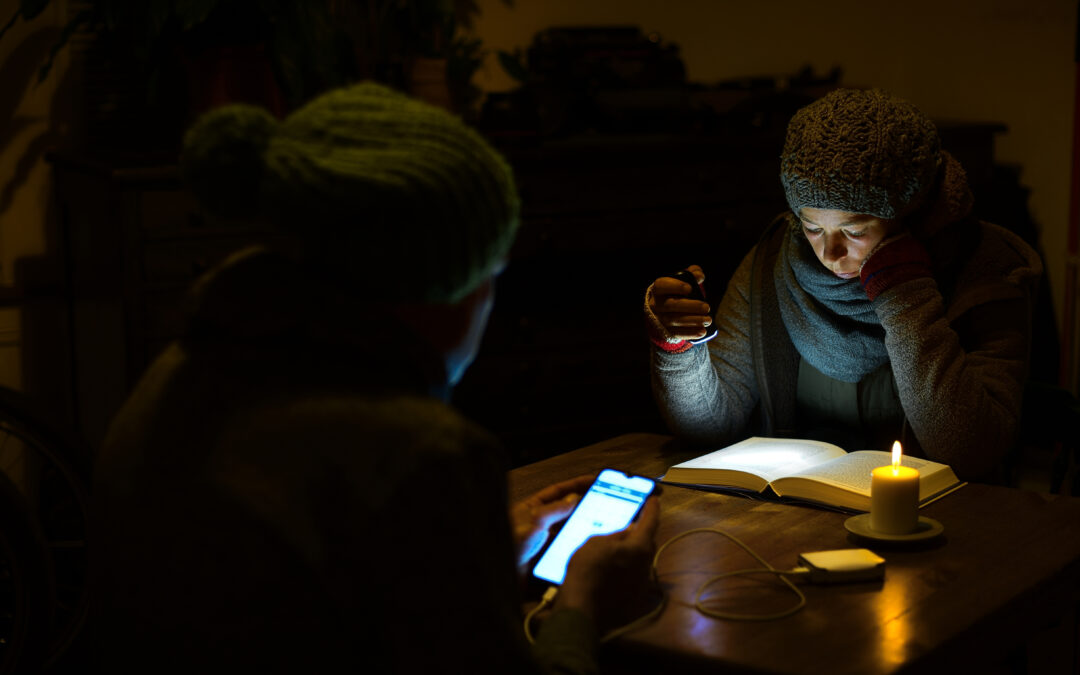By THRYVE
You’ve likely noticed: blackouts are becoming more frequent. And according to the U.S. Department of Energy’s latest grid reliability report, the situation is expected to escalate significantly.
The DOE warns that with 104 gigawatts (GW) of coal, gas, and nuclear plants retiring by 2030, and only 22 GW of new reliable power coming online to replace them, we’re looking at severe grid stress. As a result, annual outage hours could soar from around 8 today to over 800 by 2030—a 100x increase in power interruptions. (utilitydive.com, energy.gov)
That means homes in key regions (especially the Midwest, Southeast, Great Plains, and parts of the West) are at risk for hundreds of blackout hours each year, particularly during heatwaves, fire seasons, and peak electricity demand periods. Even in areas where retirements are delayed, the risk still increases up to 30 times current levels. (environmentalenergybrief.sidley.com, publicpower.org)
Why Solar + Storage Is Your Backup Plan
A solar system is more than just a way to cut bills—it’s your personal power supply.
How it helps:
- Generates your own power during daylight hours
- Stores energy in a battery to keep critical systems running, even if the grid fails
- Offers peace of mind and independence when outages happen
- Keeps the lights on, WIFI humming and your refrigerator cold
What You Can Do Right Now
- Check your area’s blackout risk – DOE’s modeling shows regions with higher vulnerability.
- Schedule a FREE solar consultation to evaluate your home’s eligibility and savings potential.
- Ask about battery backup when getting solar quotes. Even smaller partial-home backup systems can offer significant resiliency.
- Act soon – Demand is ramping up and federal solar incentives are coming to an end.

